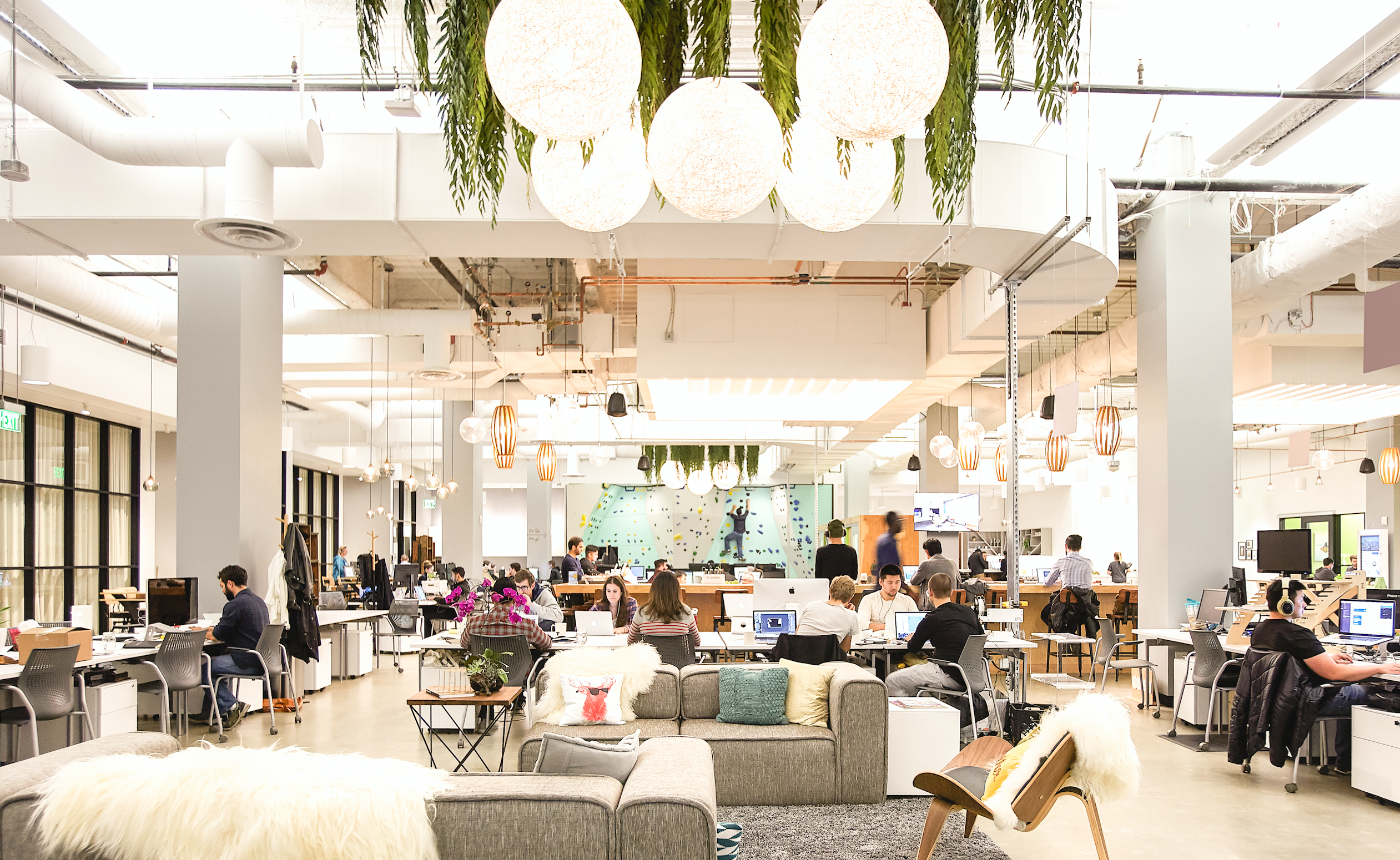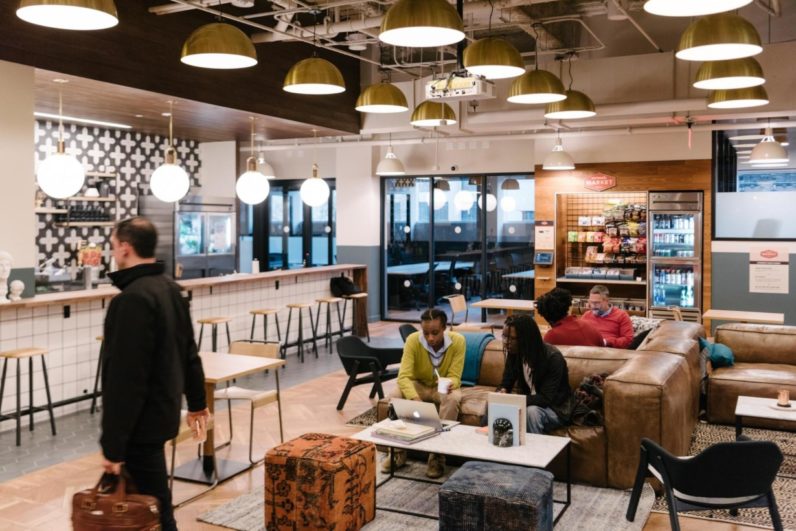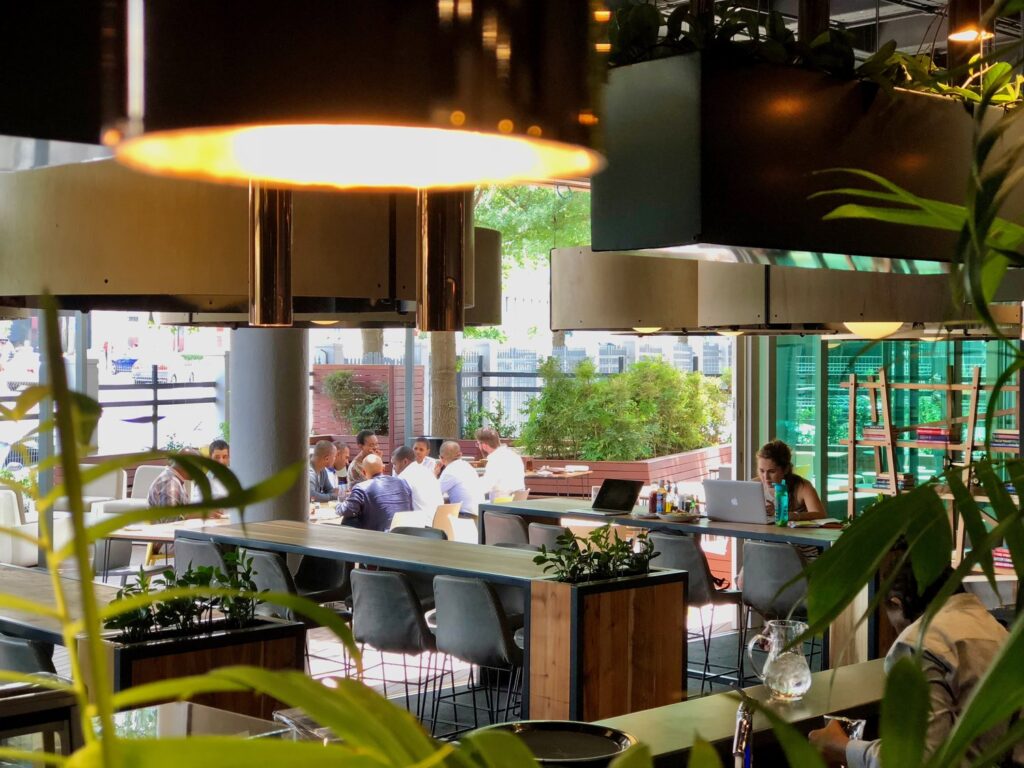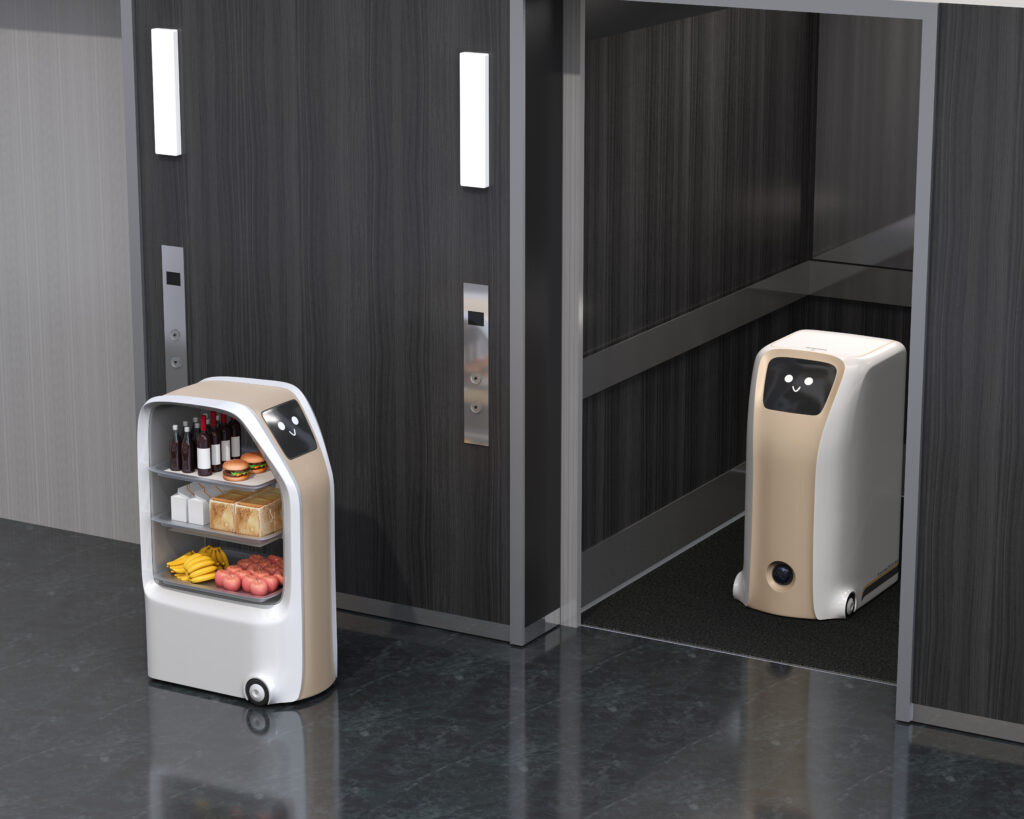The Benefits of Coworking Spaces | Greetly Visitor Management System

The evidence is clear – coworking spaces are all the rage. Growth in the number of shared workspaces, revenue, members and Google searches the data is nothing but positive. Early stage startups are moving from the garage to coworking. At the same time that Fortune 500 companies are doing the same.
As a shared space operator, it is important to get inside the minds of your prospects to ensure you are serving their needs. We’ve just compiled the output of Greetly’s exclusive brain reading technology, we are able to share with you the benefits of coworking spaces that are driving this seismic shift of the workplace?
Reason #1: Coworking Spaces Are on Budget
Coworking spaces provide a reliable shared work space at a reasonable price. Generally just a few hundred dollars per person per month. And bundled into that cost you also give coworkers access to other key business assets their basement does not provide: meeting rooms, copiers, professional printers, scanners, visitor registration and mailroom services.
Reason #2: Reduce Interruptions
Workplace disruptions are productivity suckers. Thus eliminating interruptions are an instant boost to productivity. Your coworking space will pay for itself if you can help workers reduce distractions caused by children, pets, the doorbell ringing and being so close to the fridge. Or the barista calling out names and dropping a mug every two minutes. Choose a shared work space that uses coworking software so you can achieve a productivity groove.
And when it is time to take a break…
Reason #3. Soak in the Community
According to the Global Coworking Unconference, often referred to as GCUC, coworking provides its members with a level of exposure their old office or coffee shop never could. Instead of everyone in the space working for the same company, and perhaps even sharing the same functional expertise, your members bump into people from different organizations solving different problems. This allows members to generate new ideas, draw inspiration and run concepts by your coworking community. The right community allows companies to focus on their own projects while helping understand the role of their business in a broader context.
The learning environment can also be more formalized. Most shared workspaces host some seminars or lectures plus guest speakers. This gives the team a chance to round out their skillset without the burden of developing an ongoing curriculum.
Reason #4: Coworking Is Good for the Balance Sheet
Today every organization from non-profit to multi-nationals think about being lean and flexible. Whether your prospects are growing fast, shrinking, or just changing the make-up of their team, their real estate portfolio is almost always wrong.
Communal workspaces are generally much more flexible. Organizations can add another suite near their main location, or open a new, fully furnished satellite location is weeks.
Consider this sales pitch: In addition to physical flexibility, coworking spaces and serviced offices are good on their balance sheet. Short-term leases of less than a year commitment generally do not need to be counted as liabilities according to GAAP guidelines. (Of course, we make visitor management software, so we recommend you consult your organization’s accountant who can advise you based on the specifics of your bottom line.)
Reason #5: Get Out of the Space Management Business
 It is unlikely your prospects are space management experts. More likely they dread the period before their lease comes up. It forces them to re-evaluate their current space versus other options, execute a build out, make furniture decisions and reboot their workplace technologies. Surely their time is better suited focused on customers.
It is unlikely your prospects are space management experts. More likely they dread the period before their lease comes up. It forces them to re-evaluate their current space versus other options, execute a build out, make furniture decisions and reboot their workplace technologies. Surely their time is better suited focused on customers.
Serviced offices are a better way. IBM and WeWork are piloting a partnership where the latter takes over management of IBM-dedicated workspaces. The goal is to allow IBM to focus on their core business while ensuring their employees are always working in a modern office environment.
Reason #6: A Place to Work on the Road
 Whether your prospects are road warriors or just need to knock out a pitch on your family vacation, you can be a part of the solution. Multi-location operators like Industrious allows members to work across their network. Even independent spaces have teamed up to offer a larger geographical footprint. The League of Extraordinary Coworking Spaces and connects spaces across the globe for traveling coworkers.
Whether your prospects are road warriors or just need to knock out a pitch on your family vacation, you can be a part of the solution. Multi-location operators like Industrious allows members to work across their network. Even independent spaces have teamed up to offer a larger geographical footprint. The League of Extraordinary Coworking Spaces and connects spaces across the globe for traveling coworkers.
Summary – Get To Know Your Members’ Mindset
The benefits of coworking spaces are numerous. Whether they are focused on building their bottom lines, their brains, or their networks, give them a reason to select your shared workspace.
Drafted by Tian Gao





